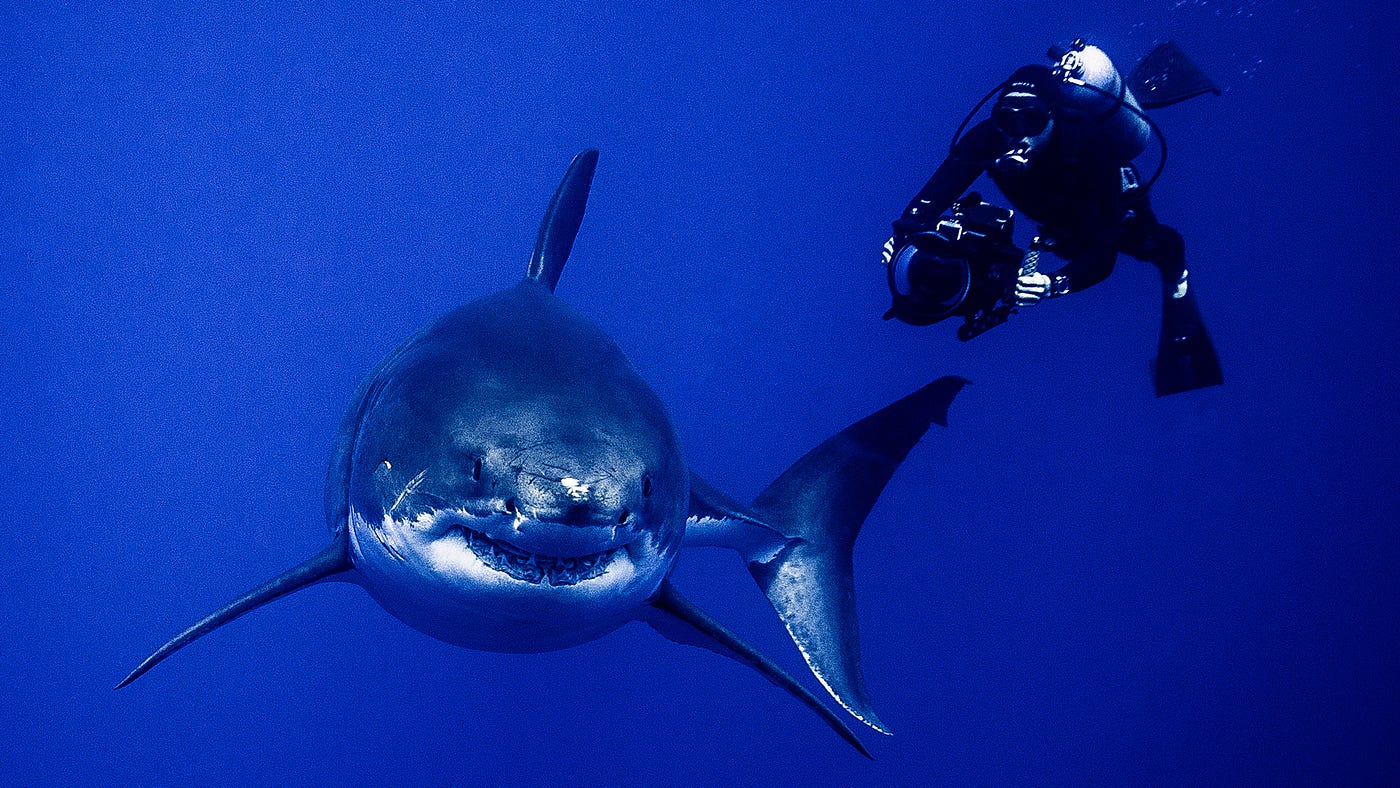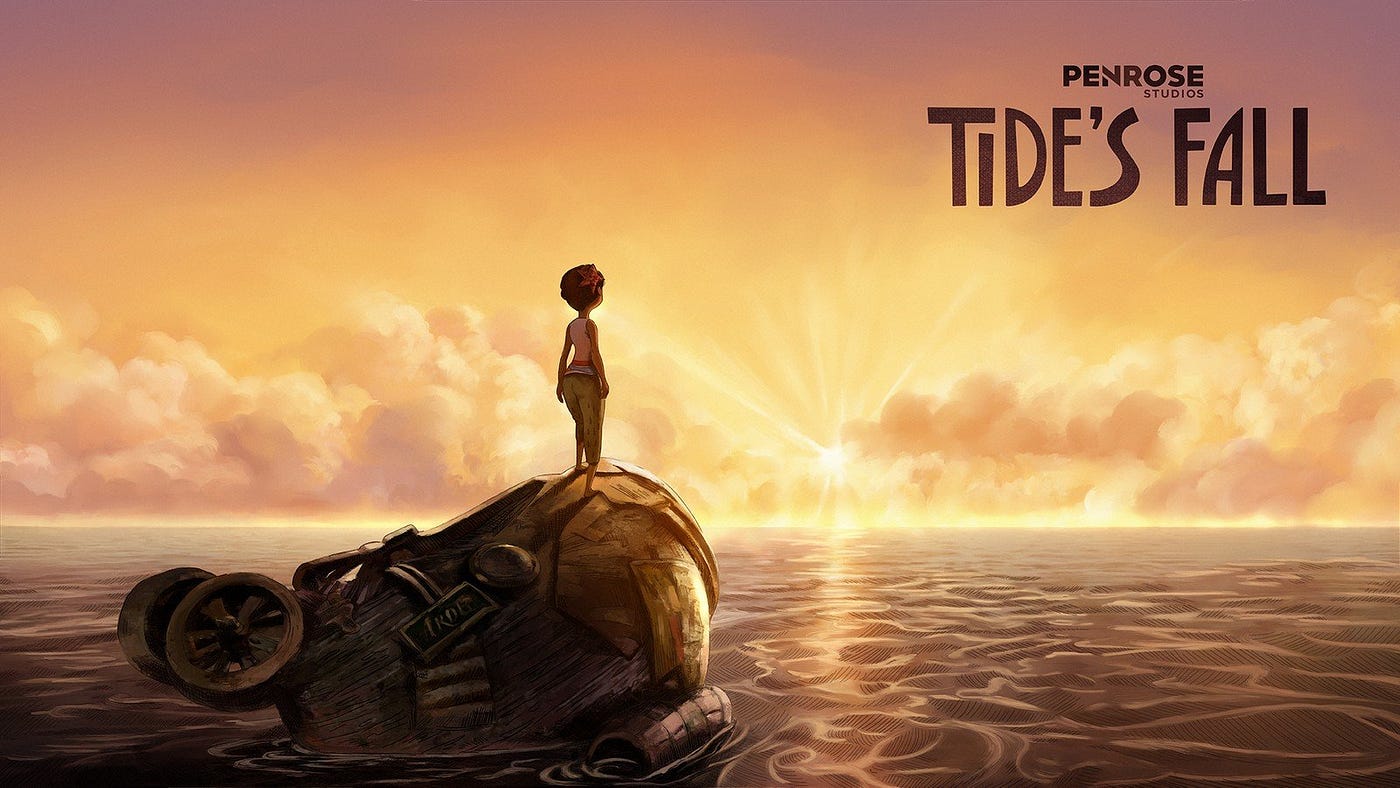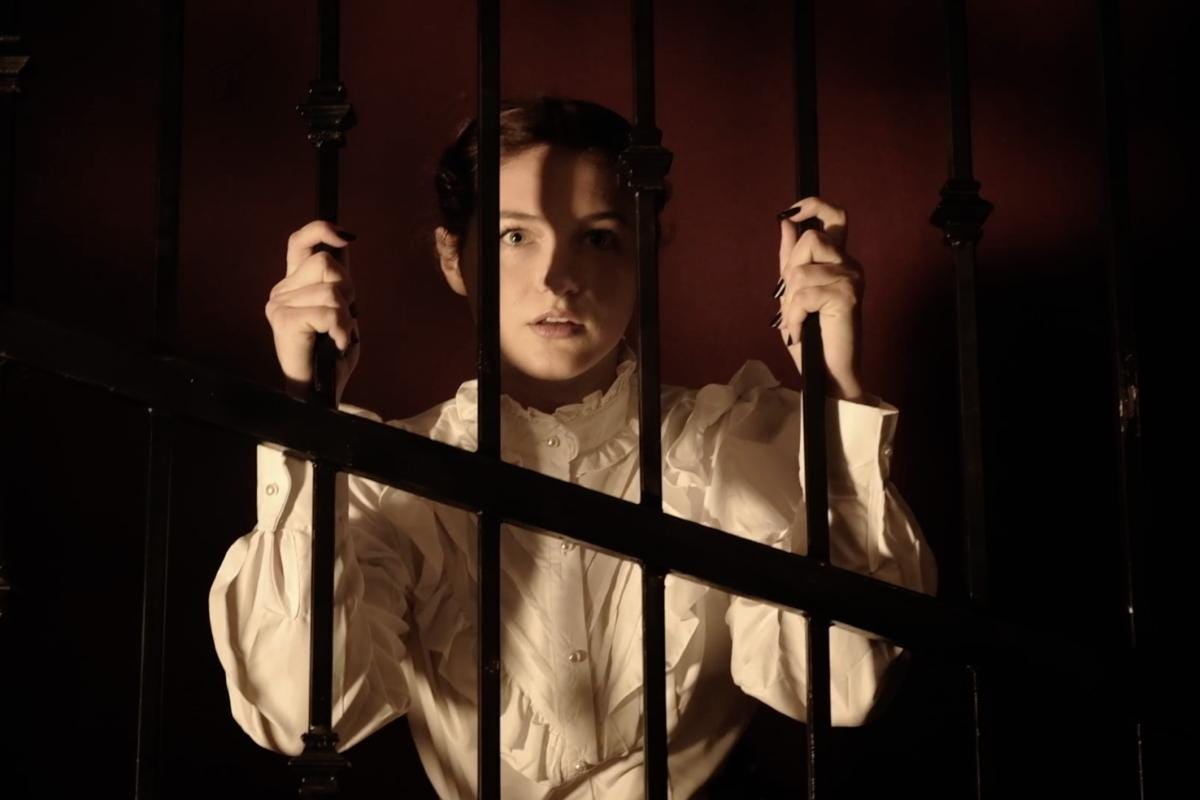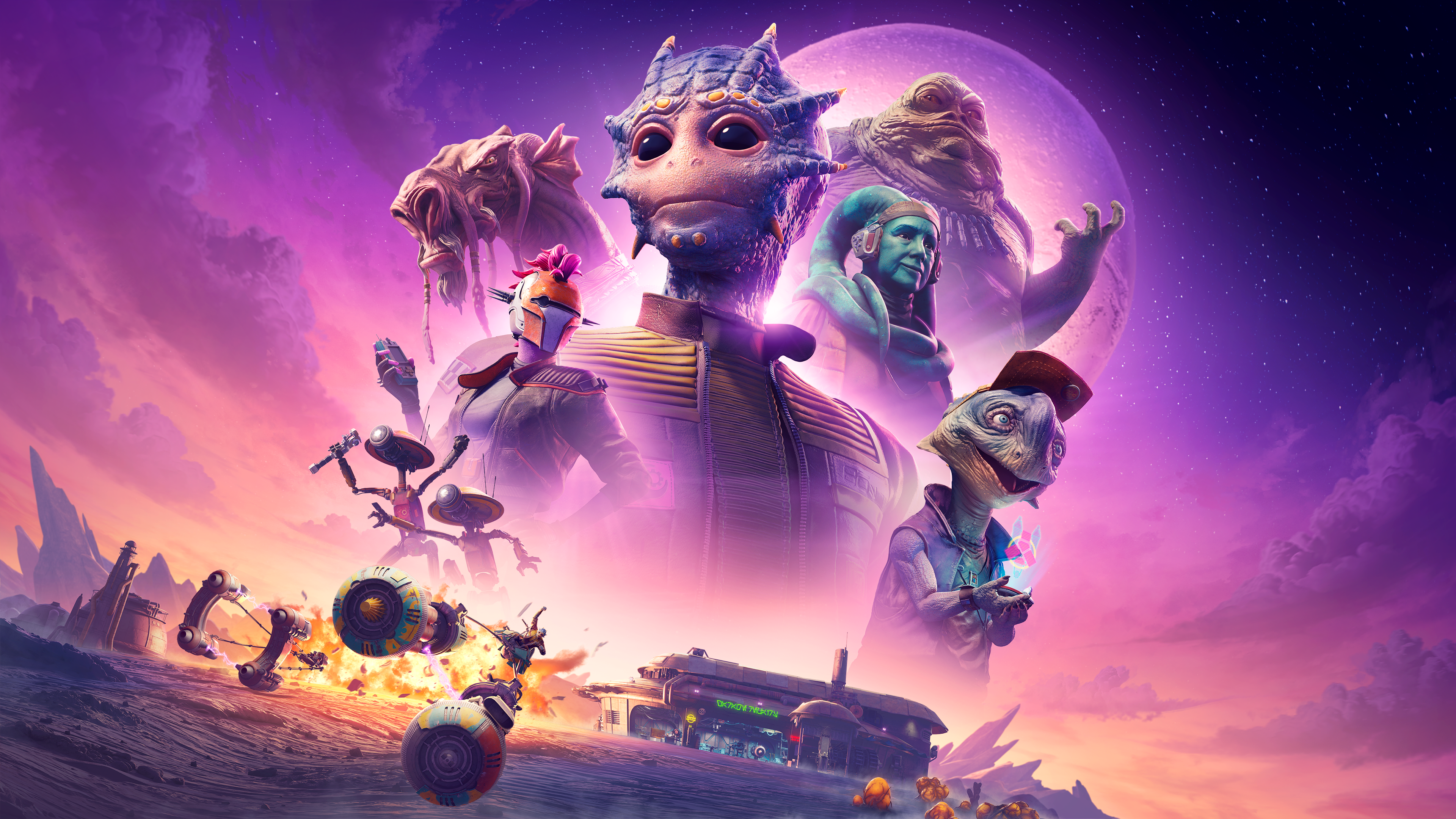
Five magical moments from Tribeca’s Film Festival’s fantastic VR Arcade
The Tribeca Film Festival attracts the highest caliber creative companies in the VR space. It’s a collection of the best immersive storytelling in the world, all in one place, for roughly a week and a half.
But it’s been, well, pretty damn heavy this year. At the time I’m writing this, I’ve seen about 2/3rds of the 27 VR exhibits on offer this year. I am physically and emotionally exhausted. I’ve seen works about racism, homophobia, white nationalism, nuclear arms races, environmental challenges, slavery, war, and loss (multiple times on that last count).
Art can be looked at as a mirror — one which reflects our collective conscious. So it seems logical that the immersive pieces being created right now can become leading indicators of a movement. Some of the VR pieces I saw at Tribeca Immersive did not only that, they also introduced moments of fear, wonder, and sheer awe in combination with that larger message, all combined with the innovative uses of technology.
These five works in particular stick out in my mind as having jaw-dropping, mesmerizing scenes which are nearly impossible to replicate outside virtual reality.
A few leagues under the sea
A few minutes into Into the Now, photographer Michael Muller’s gorgeous documentary of how he got over his fear of sharks, I find myself surrounded by … sharks.
I’m attempting to shrink into my egg-shaped motorized VR chair as best as I can. It rocks slightly, back and forth, mimicking the waves of the ocean as divers equipped with massive amounts of camera gear swim around me. Muller calmly explains that the best way to signal to a shark that you’re not prey is to swim straight at them because the creatures they’re used to eating tend to run away. My heart racing, I try to move out of the way of this massive creative, but the camera catapults forward. Meanwhile, my reptile brain is shrieking, “Get out! Now!” I confront the shark head on. I’ll never forget the image of a huge tooth-filled mouth coming straight for my head. Chilling.

Across the universe
I’m floating in space shortly after the Big Bang. Patti Smith, the narrator for SPHERES: Pale Blue Dot, is telling me about the origins of our universe. I look behind me as I am being propelled forwards in space, unsure what I’ll see. I’m startled to find a spidery, ghost-like tube trailing behind me.
Smith tells me to touch the stars to understand their songs better. So I raise my arm, as one does, when the poet laureate of punk rock issues a command. The controller in my hand starts to vibrate. The vibrations get stronger as I point my arm directly towards a star. The sensation feels almost mystical.
Get Kathryn Yu’s stories in your inbox
Join Medium for free to get updates from this writer.
SubscribeSubscribe
I raise my other arm and gasp as I fly through space. Touching these celestial objects with a VR controller sounds odd on paper, and yet, here, it absolutely makes sense. Through haptics, I can now feel the stars and galaxies and planets; I am connected to the universe.

Beauty and terror
I find myself with a few other people inside an imaginary silo containing all of the nuclear weapons in the world. All fifteen thousand warheads, give or take. The four of us are participating in The Day the World Changed, Gabo Arora and Saschka Unseld’s harrowing tale of Hiroshima as told first-hand by survivors, created in collaboration with International Campaign to Abolish Nuclear Weapons (ICAN), recipient of the 2017 Nobel Peace Prize.
The scale of the scene is terrifying — every missile in the world, piled in circles around up as far as the eye can see. I look up and see more weapons; I look down and see the same. The number of warheads seems infinite. Infographics animate on screen, displaying how the number of armed countries, as well as each country’s arsenal, has only increased over time. I feel small and powerless in this stunning articulation of potential nuclear destruction.

Strange collisions
In a typical room-scale VR piece, the viewer needs to take care to avoid crashing into things and creating a weird clipping effect, as well as stepping outside the bounds of the virtual world. Luckily for us, Penrose Studios directly incorporates this “flaw” of existing technology into the magnificent Arden’s Wake: Tide’s Fall (an expansion on last year’s film), making it a part of its charm.
In this piece, the viewer can physically move around the space, but the camera also zooms you around automatically at certain moments, placing you directly into a character’s path. So as the figurine-sized protagonist Meena begins to pilot her lovely sea vessel towards my face, I brace myself for one of two outcomes: impact or something weird happening (which then causes me to being yanked out of my immersive state). Instead, I was surprised to find myself transported inside a perfectly rendered diorama of her cockpit and able to pass through the shell of her ship at ease. The 360-degree storytelling continued, uninterrupted; Penrose Studios’ attention to detail wins yet again.
Life after us
In Biidaaban: First Light, I find myself on the roof of a building looking down upon what once was Toronto. But nature has taken over. Nathan Phillips Square is now a lake. Buildings are falling apart, with vegetation taking hold in every crevasse. The few remaining people build small gardens on rooftops and live in temporary-looking shelters. The words I hear are those of the people indigenous to this part of what was once Canada: the languages of Mohawk, Wendat, and Ojibway.

It’s just before sunset and fireflies begin to light up in the sky. I feel a sense of deep calm as I let the words of the Thanksgiving Address wash over me like a warm blanket as the translated English appears on the screen.
Other VR pieces I’ve seen this week want to shock and thrill, but here I can feel my heart rate slowing down.
Tribeca Film Festival’s Virtual Arcade continues through April 28. Tickets are $40 for each 3-hour time slot. Capacity is limited and many exhibits will have long waits; it is suggested that visitors arrive 30+ minutes early before each session.
Catch up on all of our Tribeca Immersive 2018 diary entries.
No Proscenium is made possible by people like you: join us on Patreon today to support more content like this.
In addition to the No Proscenium website, our podcast, and our newsletters, you can find NoPro on Twitter, Facebook, YouTube, Instagram, in our online community Everything Immersive and in our Slack forum.















Discussion